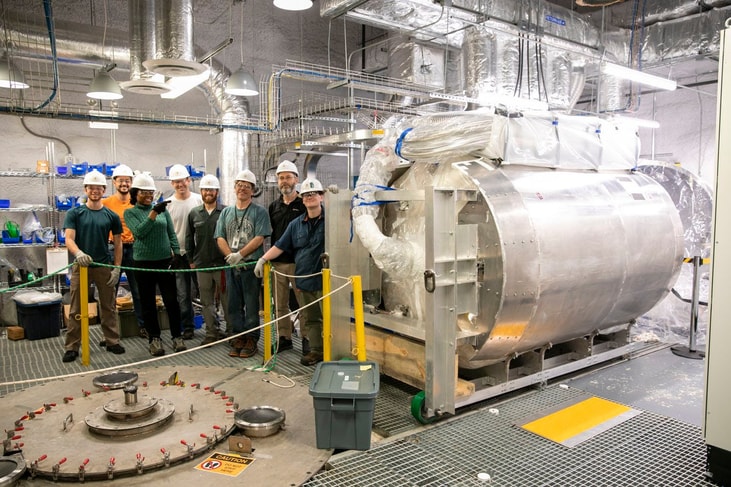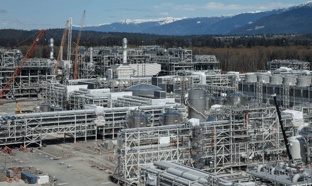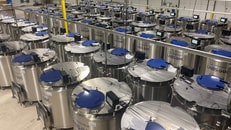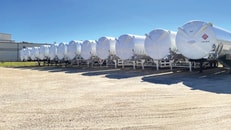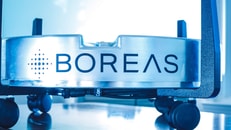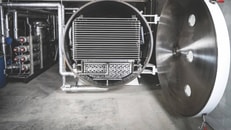Finding dark matter: The LUX-ZEPLIN Project moves ahead and down under
It is estimated that dark matter makes up about 27% of the universe and identifying its building blocks is one of the highest priorities of modern physics. The LUX-ZEPLIN (LZ) project at the Sanford Underground Research Facility (SURF) in Lead, South Dakota, is designed to detect the long-theorized dark matter particles known as weakly interacting massive particles, or WIMPs. LZ scientists will look for WIMPs in their interaction with liquid xenon atoms, which emit telltale flashes of light when struck by a particle.
In 2018 work officially began on renovating the Davis Cavern at the Sanford Underground Research Facility – the site of a former gold mine – for construction of the LZ project. The project includes a particle detector that will be filled with 10 tonnes of liquefied xenon. When complete this detector will be 100 times more sensitive than its predecessor experiment (LUX), which operated in the same underground space, and will represent the largest direct-detection dark matter experiment in the US.
Preventing contamination in the detector is one of the LZ project’s greatest challenges. Unwanted particle “noise,” dirt and dust, and even normal levels of background radiation contained in materials, all can be sources of contamination that could drown out a WIMP signal.
... to continue reading you must be subscribed

